
Will Ebeler is a student at Harvard Law School.
In September, California Governor Gavin Newsom signed the Fast Food Accountability and Standards Recovery Act, also known as the FAST Act. OnLabor has previously covered the specifics of the FAST Act, but in its most general terms the law will create a statewide council — made up of representatives from the fast-food industry, workers, and state government — that will set minimum standards of wages and hours in fast-food restaurants throughout the state.
However, the FAST Act might not go into effect until at least November 2024. California is one of 26 states that allows its citizens to veto, by a statewide vote, laws that are passed through the legislature. One day after Governor Newsom signed the bill, organizations of fast food companies filed to block implementation of the law until it can go to a vote. If the opponents of the law can get roughly 623,000 eligible voters to sign onto the referendum by the first week of December, the FAST Act will be suspended until it can be approved or rejected in a statewide election. For those who support the law, the lessons from the fight over worker classification in California can help prepare for a potential fight over the FAST Act.
Proposition 22 and the Fight over Worker Misclassification
In 2019, California passed a law that had the effect of classifying gig workers as employees. Historically, ride-share and delivery companies like Uber, Lyft, and DoorDash have classified their drivers — gig workers — as independent contractors rather than employees, and the 2019 law threatened to change that practice. In response, these companies funded a ballot initiative, Proposition 22, that would exempt them from the law. The proposition promised benefits for gig workers, including subsidized health coverage for some drivers; a minimum wage while driving; a version of workers’ compensation (in which companies would pay for medical expenses but not lost wages); maximum working hours; and a prohibition on workplace discrimination. However, it also would secure gig workers’ status as contractors.
The proposition passed in November 2020, but its future is unclear. After it passed, its opponents sued the state to block enforcement, and in 2021, a state judge ruled that because the proposition had two distinct policy proposals, it violated the state constitution. The appeals process in that case is still underway.
How the Strategies Used in the Prop 22 Campaign Could Be Used in the Upcoming Battle over the FAST Act
Throughout the Prop 22 campaign, gig companies implemented several distinct campaign strategies. Ultimately, those strategies were probably successful: although most California ballot initiatives fail, Prop 22 passed with 58% of the vote and was supported by 49% of union households despite its major opponents being national unions. Given the apparent success of these strategies, fast-food companies might use them in a potential fight over the FAST Act.
Spreading Confusion
Gig companies’ main argument in favor of Prop 22 was that it would give gig workers guaranteed earnings and healthcare benefits while securing the flexibility that drivers wanted. While those claims were exaggerated or contested, the framing appeared to be successful. In one poll of California voters, 40% of those who supported Prop 22 thought they were voting for more worker protections rather than fewer.
Fast-food companies have already allegedly begun to mislead voters. Currently, the FAST Act’s opponents are in the process of attempting to secure the necessary signatures to have the law put on the ballot in November 2024, and signature gatherers have reportedly been telling individuals that they are collecting signatures to raise the minimum wage and that the petition would help workers at fast-food restaurants.
New Advertising Techniques
Gig companies also leveraged the unique nature of their app-based platforms to promote Prop 22. Users of these companies’ mobile apps — both drivers and customers — were shown in-app messages such as “Prop 22 is progress” and “Prop 22 will provide guaranteed earnings and a health care stipend” and had to say “Yes on Prop 22” or “Okay” to dismiss the messages. Some drivers reported seeing these messages 25-30 times per day, and riders on Uber and Lyft reported seeing messages that their driver supported Prop 22 and that encouraged them to ask about it.
Delivery companies also placed ads in the products they delivered. DoorDash — primarily known for delivering food from restaurants — distributed hundreds of thousands of delivery bags displaying pro-Prop 22 messages to restaurants, to eventually be delivered to customers, and in at least one location the grocery delivery company Instacart asked its workers to insert pro–Prop 22 stickers into customers’ grocery bags.
Although some of the specific techniques may be unique to gig companies, fast-food companies may try to adopt similar strategies. Many fast-food companies, for example, have their own mobile apps that allow customers to order food to be picked up or delivered. They could require customers to view anti-FAST Act messages before ordering food on their apps and may consider producing bags or stickers bearing anti-FAST Act messages that can be included in food orders.
Progressive Signaling
Finally, Prop 22’s supporters presented it as a progressive measure. They funded mass mailers claiming to be associated with Bernie Sanders or endorsing Democratic candidates and highlighted an endorsement from the California NAACP in promotional materials during the campaign. In addition, in the official voter information guide, which publishes arguments by supporters and opponents of every ballot measure, Prop 22’s supporters highlighted the endorsement from the California NAACP and other organizations representing people of color, including the California Hispanic Chambers of Commerce, National Hispanic Council on Aging, and local chapters of the NAACP.
Prop 22’s supporters also claimed that gig workers overwhelmingly supported the measure. They cited unscientific surveys and polls conducted by Uber that over 70% of gig workers supported it, and in official voter guides they claimed that gig workers supported the measure “by a 4:1 margin.” The reality was unclear, as those surveys were flawed and never accurately captured drivers’ preferences.
It is unclear whether fast-food companies will be able to use the same tactics in a referendum on the FAST Act. Fast-food workers, led by SEIU and Fight for 15, have already held demonstrations in support of the FAST Act at the state capitol and fast-food restaurants throughout the state. These demonstrations could reflect an early strategy to show that the FAST Act is supported by progressives and fast-food workers.
Conclusion
The FAST Act is an exciting development in labor law. Representatives of fast-food workers and national unions have expressed hope that they will be able to use the FAST Act as a model for similar legislation in other states, but the electoral success or failure of the FAST Act will likely affect the ability to push for broader change.
Given the electoral success of Prop 22, if there is a statewide referendum on the FAST Act, fast-food companies are likely to look to some or all of the strategies discussed here when developing their campaign strategy. It remains to be seen whether those strategies will be as successful in a potential campaign about the FAST Act.
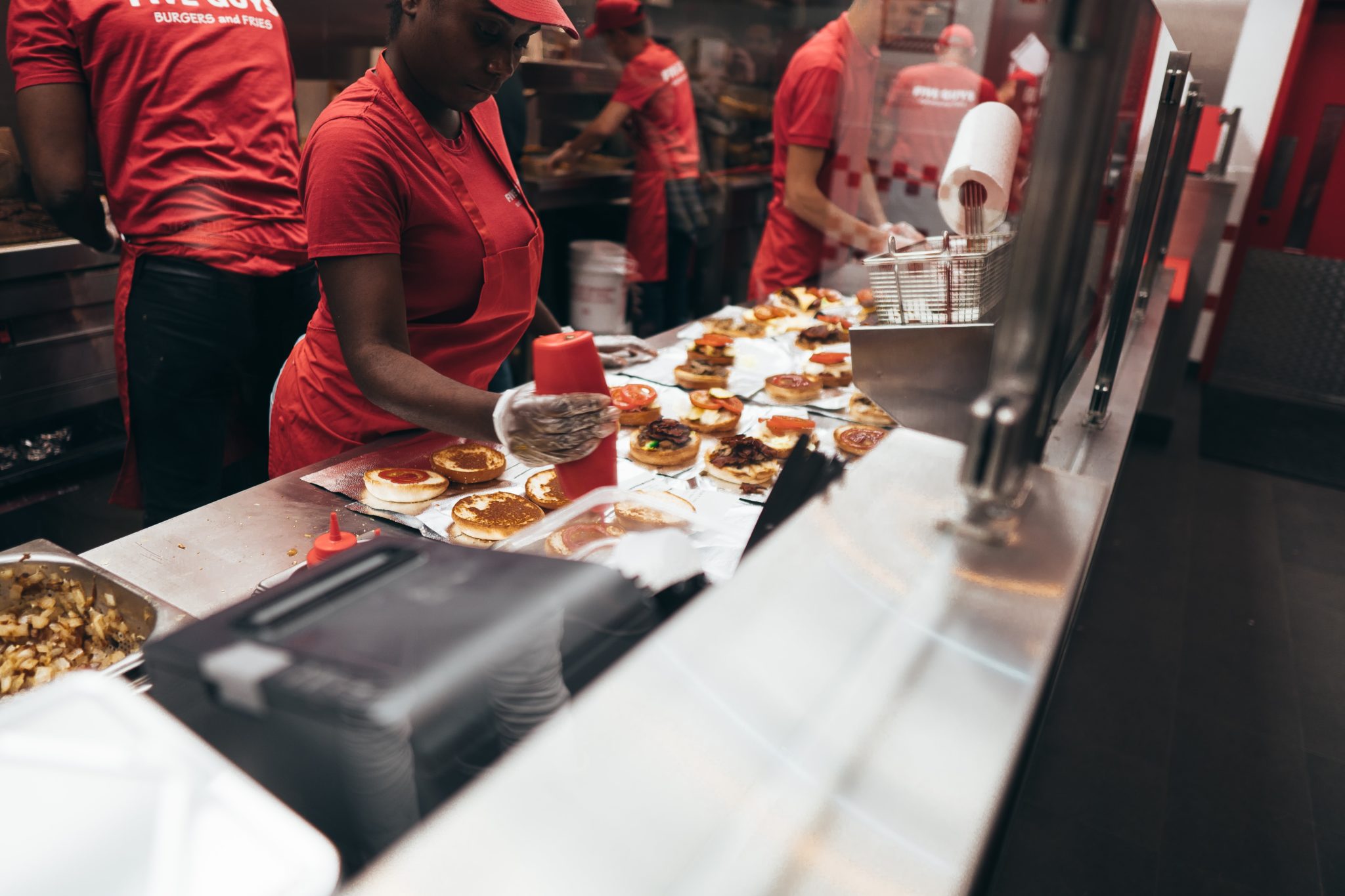
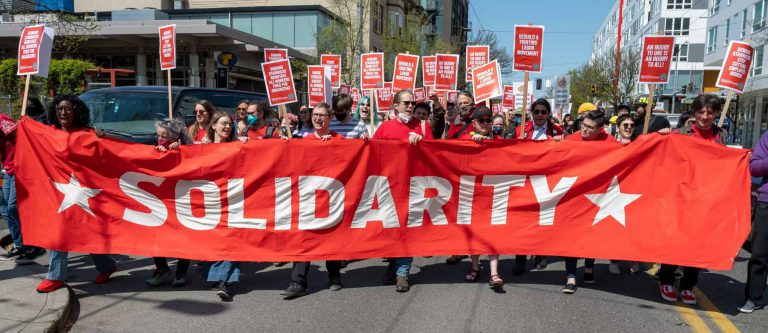
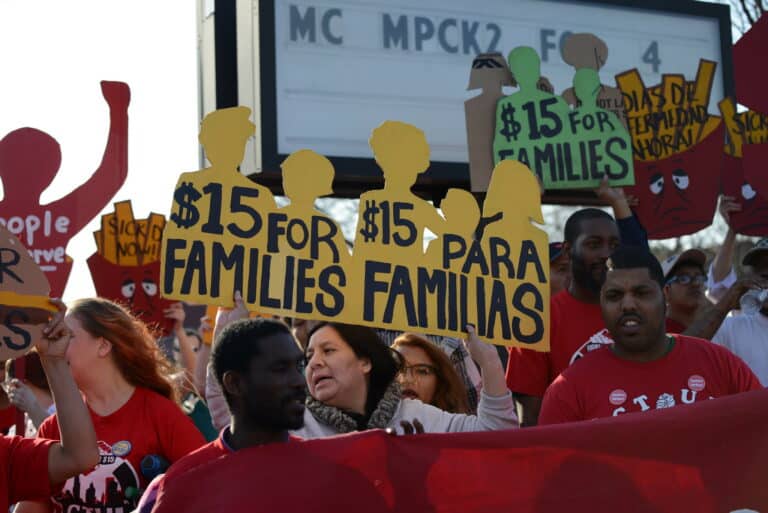

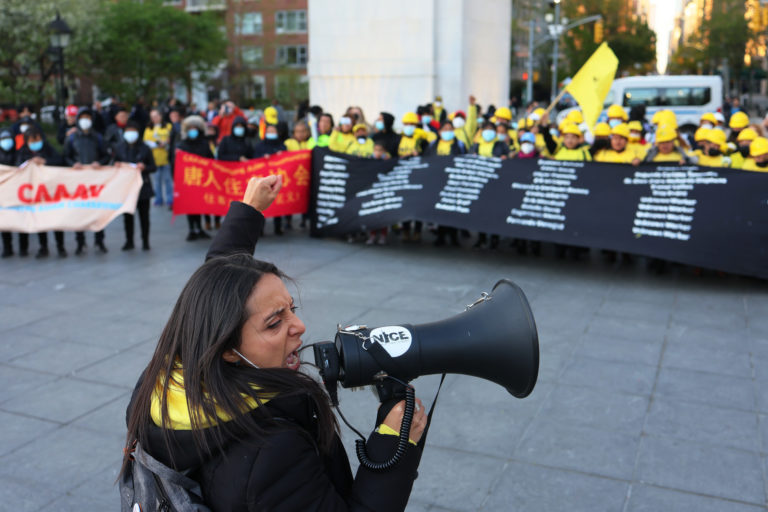


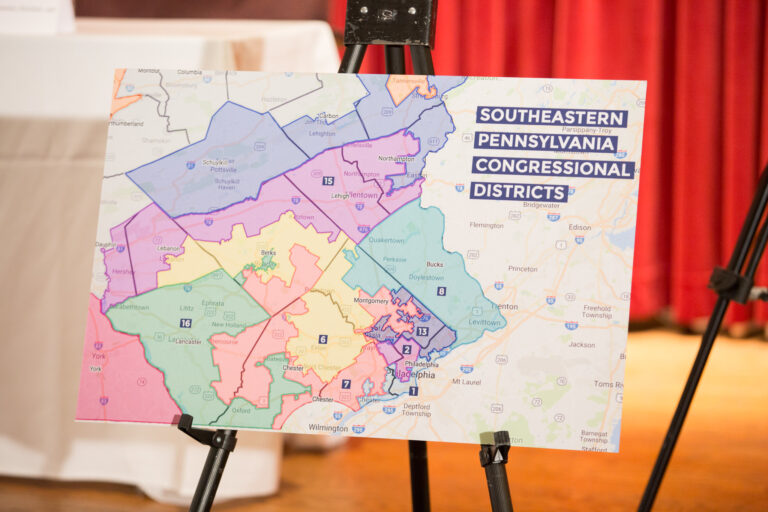
Daily News & Commentary
Start your day with our roundup of the latest labor developments. See all
December 19
Labor law professors file an amici curiae and the NLRB regains quorum.
December 18
New Jersey adopts disparate impact rules; Teamsters oppose railroad merger; court pauses more shutdown layoffs.
December 17
The TSA suspends a labor union representing 47,000 officers for a second time; the Trump administration seeks to recruit over 1,000 artificial intelligence experts to the federal workforce; and the New York Times reports on the tumultuous changes that U.S. labor relations has seen over the past year.
December 16
Second Circuit affirms dismissal of former collegiate athletes’ antitrust suit; UPS will invest $120 million in truck-unloading robots; Sharon Block argues there are reasons for optimism about labor’s future.
December 15
Advocating a private right of action for the NLRA, 11th Circuit criticizes McDonnell Douglas, Congress considers amending WARN Act.
December 12
OH vetoes bill weakening child labor protections; UT repeals public-sector bargaining ban; SCOTUS takes up case on post-arbitration award jurisdiction